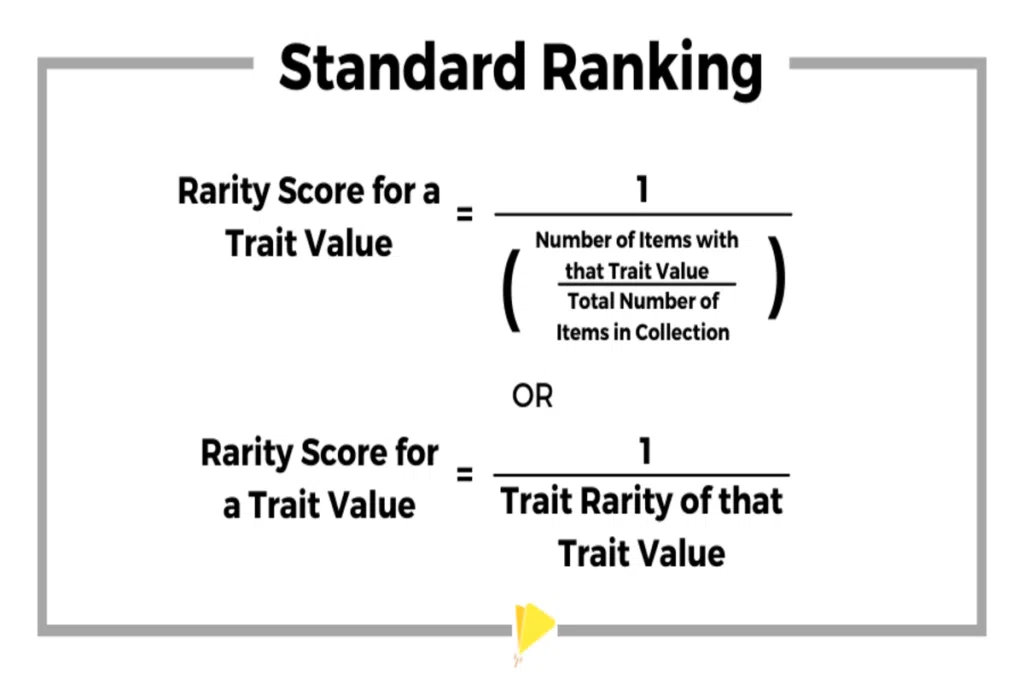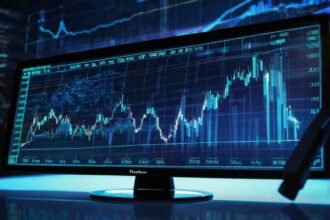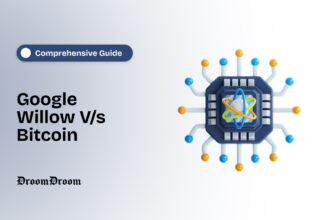NFT Rarity calculates an NFT token’s distinctiveness and scarcity using variables like demand and identifying characters.
The distinctiveness and scarcity of a certain NFT token in collection is known as NFT rarity. Non Fungible Token Rarity is influenced by a variety of variables. They include the total number of NFT in the collection, copies of certain NFT tokens in the collection and special characters or specific NFT characters.
Some NFT’s collections might have low overall NFT count that might make every NFT token in the collection quite rare. Despite having some collections with huge numbers of non fungible tokens,one non fungible token can stand out. A single NFT could be rare and will stand out because it has outstanding features like its sound effects, animation and its unique color scheme.
The insight of a non fungible token aesthetic value and culture is affected by its rarity. Thus, a unique NFT with substantial cultural significance can be considered as a desirable and rare item. Nevertheless, how is NFT rarity significant? Read here to understand more about the ultimate guide to NFT.
NFT rarity collectibles can have a huge impact on their value. The unique NFTs may be quite expensive in the NFT market because of their rising value and collector demand. Various NFT projects have advanced algorithms to determine the rarity of a certain NFT in collection. They help in providing buyers and sellers with various information when choosing the value of NFT.
NFT Rarity Checker
The rarity, uniqueness and scarcity of certain NFT is what determines its worth. For someone to determine the worth of a non fungible token he uses a tool or service known as the rarity checker.
A Non Fungible Token Rarity Calculator looks at the information, qualities and characteristics of the non fungible token to assess its rarity. By checking the color scheme, pixel density and other aesthetic qualities determine the rate of a non fungible token picture. Moreover, the non fungible token calculator can also determine the number of copies of a certain NFT that are present on the blockchain to determine how rare it is.
Here are various typical policies a NFT rarity calculator uses to assess a Non-Fungible token’s rarity:
- Recognizing the rarity: The exact NFT being evaluated by the calculator must be set up. The non-fungible token’s identifying data or token ID may also be required.
- Data collection: The calculator then gathers the NFT data, including its traits, results, sales results and blockchain information.
- Examine characteristics: The NFT’s visual and other characteristics, such as density, its pixel density and other distinctive qualities, may be evaluated using the calculator.
- Calculate rarity: The calculator then uses algorithms to calculate the rarity of the non-fungible token based on the data obtained and the analysis of the NFT’s attributes. Sales data and market trends may be compared between the NFT and other non-fungible tokens in the same collection.
- Provide results: A numerical assessment of the NFT’s rarity is also provided by the calculator, which is typically shown as a score or rating. These details are then used by both buyers and sellers to determine the NFT’s worth.
It is evident to have in mind that these calculators are not perfect since other variables, such as the buyer and seller feelings and the current market environment , can also affect an NFT’s rarity and worth.
How is NFT Rarity Determined?
In order to determine the rarity of an NFT, you need to include several different considerations depending on a specific non-fungible token and its features. One of the most critical considerations is its scarcity which reveals its singularity. The less the number of copies of a single NFT, the more valuable and rare it becomes. The rarity of a non fungible token is then calculated by adding up all the copies that are stored on the blockchain.
Non-fungible tokens may have a variety of traits that expands their rarity. An NFT could be distinguished by, for example, its distinctive unusual mix of features, color scheme, or a specific theme and the subject matter.
How are NFT Rarity Rankings Calculated?
Rarity rankings can be created in various ways depending on a certain NFT collectible, the number of copies or editions and the demand in the market for that specific NFT.
The formula that is used usually entails allocating a numerical value to every quality or attribute before getting them to the rarity score. The precise formula may also vary depending on the non fungible market. Some systems moreover get external data sources or at times employ machine learning techniques to determine the rarity score.
Formula to Calculate NFT Rarity
Rarity score for a trait value = 1 / Trait Rarity of the trait value

For instance, platforms like Nansen and Rarity tolls use algorithms to evaluate the attribute and quality of every NFT in the collection and determine the rarity score.
Here are a some typical ways for determining NFT rarity rankings in general:
Comparative analysis: This approach of comparative analysis, compares each NFT to other non-fungible tokens from the same category or collection. This research will then give a qualitative assessment of each NFT’s rarity after considering elements like rare, quality, past sales, and market patterns.
Data analysis: data analysis, such as sales data or social media mentions can also determine the non Fungible token rarity rankings. This study may be used to rank the most costly non fungible tokens, the rarest and the most popular and in demand.
Algorithmic scoring: Using an algorithmic scoring system to assess each nonfungible token according to several factors, such as rare, characteristics, popularity, and origin, is one way to determine NFT rarity rankings.
Community feedback: The NFT producers, collectors, and experts can also determine the rarity rankings of nonfungible tokens. An aggregation of these ratings may also be used to determine which non-fungible tokens in a specific category or collection is the rarest and most valuable.
NFT Marketplaces: Simplifying the Identification of Rare NFTs
NFT marketplaces are playing a significant role in the growth of the NFT ecosystem by providing platforms where users can buy, sell, and trade these unique digital assets. These marketplaces not only serve as a venue for transactional activities but also offer additional features and tools to enhance the NFT experience. To learn about the best marketplaces to trade NFTs, read this article.
One such notable feature is the ability to spot rarity rankings in NFT collections. NFT marketplaces are integrating sophisticated algorithms and analytics tools that analyze various attributes of NFTs, such as scarcity, uniqueness, and historical sales data. This allows individuals to identify and evaluate the rarity of NFTs more easily.
By providing rarity rankings, NFT marketplaces enable collectors and enthusiasts to make more informed decisions when navigating the vast landscape of NFTs. Whether it’s a rare artwork, a limited edition digital item, or a collectible game asset, users can now assess the rarity and potential value of an NFT before making a purchase or engaging in trading activities.
This feature not only empowers individuals to discover unique and valuable NFTs but also fosters transparency and trust within the NFT community. It adds a layer of data-driven insights that can help collectors and investors identify emerging trends, assess market dynamics, and make strategic decisions in their NFT rarity journeys.
With the continuous development and innovation in NFT marketplaces, the ability to spot NFT rarity rankings in NFT collections is just one example of how these platforms are revolutionizing the way individuals engage with and explore the world of non-fungible tokens.
Conclusion
A high rarity value may not ideally indicate a worthy price because other factors like the non fungible token’s culture, its historical significance as well as the artist’s notoriety may also be at play.




















